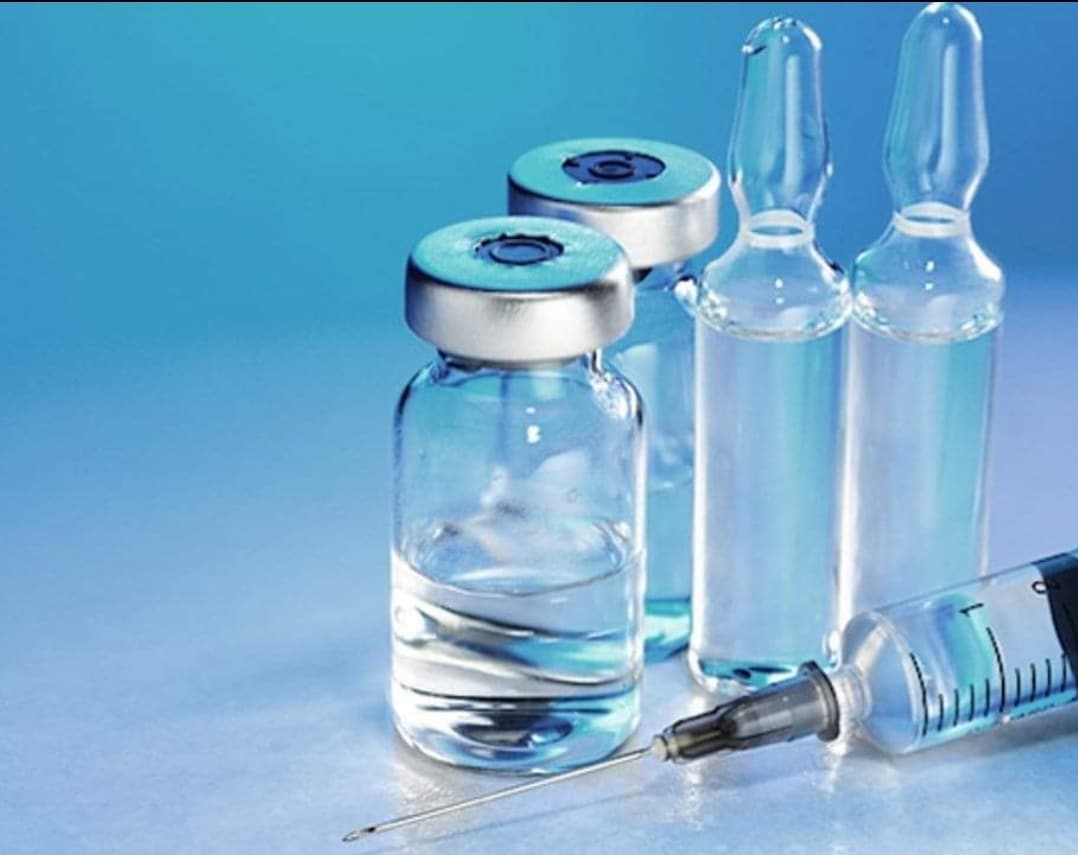USP Bacterial Endotoxin LAL Chromogenic Testing
The USP Bacterial Endotoxin LAL Chromogenic Test is a critical method used in pharmaceutical testing to ensure the safety and efficacy of injectable and parenteral products. This test measures the presence of bacterial endotoxins, which are lipopolysaccharides produced by certain Gram-negative bacteria.
Bacterial endotoxins can cause severe adverse reactions if introduced into the body through injections or other routes. The U.S. Pharmacopeia (USP) has established this test to ensure that all injectable and parenteral pharmaceutical products are safe for use, complying with international standards like ISO 14352-3.
The Limulus Amoebocyte Lysate (LAL) assay is the most widely used method for detecting bacterial endotoxins. This test utilizes a clotting reaction to measure the amount of endotoxin in a solution. The chromogenic substrate reacts with the endotoxin, producing a color change that is measured photometrically.
The testing process typically involves several steps, including sample preparation, reagent mixing, incubation time, and endpoint determination. Proper sample handling and preparation are crucial to ensure accurate results. The testing apparatus used in this method includes the LAL reagent kit, a microtiter plate reader, and other necessary equipment.
The acceptance criteria for USP Bacterial Endotoxin Testing are stringent. The test is performed at a specific temperature and time, with the endpoint determined by photometric measurement of the color change. Any product exceeding the specified limit (0.5 EU/mL) must be retested or deemed non-compliant.
In the pharmaceutical industry, compliance with USP standards is essential for ensuring product safety and quality. This test plays a pivotal role in preventing severe adverse reactions that could arise from bacterial endotoxins in injectable products. The use of this method ensures that only safe products reach the market, thereby protecting public health.
Quality managers and compliance officers rely on accurate and reliable testing to ensure product safety. R&D engineers also benefit from this test as they can optimize formulations to meet strict endotoxin limits. Procurement teams often require clear documentation of these tests to verify supplier reliability.
Scope and Methodology
- The USP Bacterial Endotoxin LAL Chromogenic Test is used to measure the presence of bacterial endotoxins in injectable and parenteral pharmaceutical products.
- This test is performed using a Limulus Amoebocyte Lysate (LAL) reagent kit and a microtiter plate reader.
- The process involves preparing samples, adding reagents, incubating the mixture, and measuring the color change photometrically.
- Acceptance criteria are set at 0.5 EU/mL, meaning any product exceeding this limit is considered non-compliant.
In this section, we detail the scope and methodology of the USP Bacterial Endotoxin LAL Chromogenic Test, providing a comprehensive overview of how this critical test is conducted in pharmaceutical laboratories. Understanding these steps ensures that all parties involved are aware of the process's intricacies.
Eurolab Advantages
At Eurolab, we pride ourselves on delivering high-quality testing services that meet and exceed international standards. Our expertise in pharmaceutical testing is complemented by state-of-the-art facilities and highly trained professionals who are dedicated to ensuring the accuracy and reliability of your results.
We offer a range of services tailored to meet your specific needs, including compliance with USP 85, ISO 14352-3, and other relevant standards. Our commitment to excellence is reflected in our consistent adherence to these guidelines, ensuring that every test we perform contributes to the safety and efficacy of pharmaceutical products.
Our experienced team of scientists and technicians ensures that all tests are conducted in a controlled environment, minimizing the risk of contamination and errors. We use only the latest equipment and reagents from reputable suppliers, guaranteeing the highest level of precision and accuracy.
Why Choose This Test
- Compliance with USP standards ensures product safety and quality.
- The Limulus Amoebocyte Lysate (LAL) reagent kit provides reliable results.
- Photometric measurement of the color change is precise and accurate.
- Strict adherence to acceptance criteria guarantees compliance with regulations.
- Our state-of-the-art facilities ensure consistent accuracy and reliability.
- Highly trained professionals deliver results you can trust.





